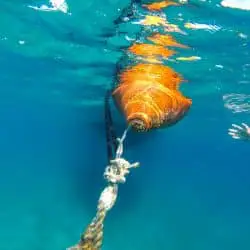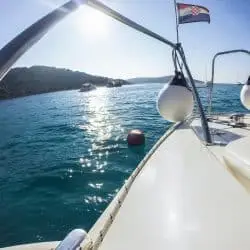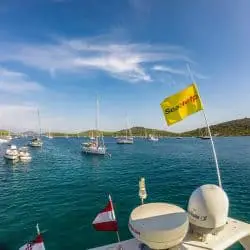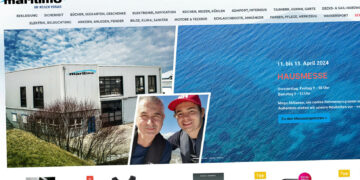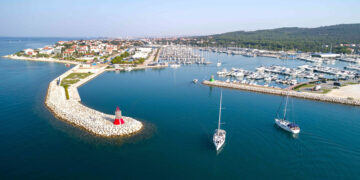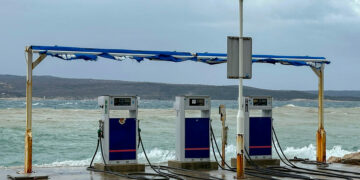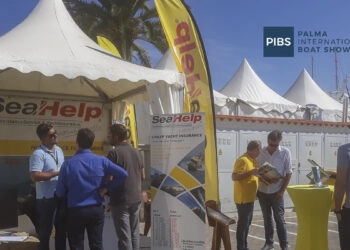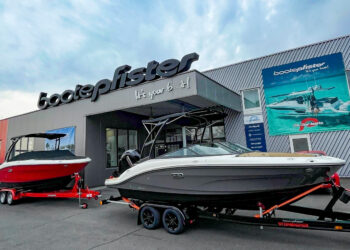Buoy fields are actually a good thing: they protect the environment, especially the seabed, which is not additionally agitated by innumerable anchor operations in the high season. In addition, buoys should actually be safer than anchors that can break loose if used improperly. But the emphasis is on the word “actually”, because many buoy fields miss the required maintenance. Shells settle on the ropes and affect their stability. Bended eyelets of the floating body act just as unconvinced as heavily rusted or no longer recognizable by algae growth welds.
For this reason, SeaHelp, the nautical breakdown service, advises all skippers in the Adriatic region not to blindly trust the buoys, but rather to take a closer look at the situation under water. Trust is good, control is better.
MOne should always keep this in mind when mooring to a buoy: If the rope tears or the float of the buoy breaks, the skipper can usually not respond fast enough to prevent the boat from going ashore. Who will pay for the damage? The buoy field operator or the ship hull? A regulatory gray area that is mostly at the skipper’s expense. Therefore, it should always be checked whether the buoy can be trusted.
A quick dip in the water creates clarity. It is more comfortable with an action cam such as a waterproof GoPro let down a bit on the grapple. The shots give a quick indication of the condition of the buoy. And sometimes it is simply the better decision to say “no” and go for the next marina.
Not least for this reason, SeaHelp advises to “buoy check” before setting up in a bay. A SeaHelp spokesman: “In the past, incidents were increasing in buoy fields where the buoy was inadequate and the ships drifted ashore, partly with considerable damage. It is not always the sole responsibility of the operators of these buoy fields, but black sheeps can be found everywhere.“
SeaHelp-Tip: If you do not want to jump into the water, you can attach an action cam such as the waterproof GoPro (Hero 5 and Hero 6 – up to 10 meters diving depth) to the grappling hook and inspect the buoy via video. Via Wlan on the phone or tablet does not work, because the water prevents the wireless transmission. By the way, the photo and video quality of the small cameras is outstanding, especially in good light conditions. SeaHelp has been using them for years. All pictures of this post were shot with an “old” GoPro camera (Hero 2), the latest generation of cameras can do a lot more.


